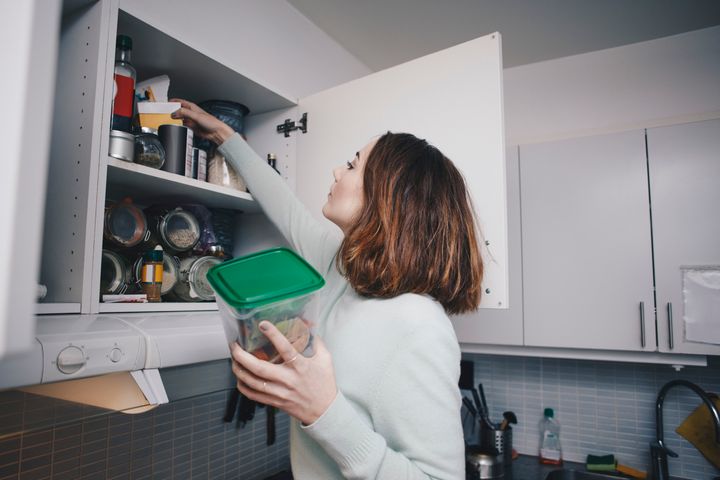Is there anything more annoying than realising you’ve run out of laundry detergent or toilet paper (or someone else used the last of it) and didn’t add a replacement to the shopping list?
Well now this irritating household problem could be a thing of the past, after scientists have developed products that can actually replace themselves when they know supplies are low.

In a world first, a team at the University of Washington, designed 3D-printed plastic objects that can connect to other devices, via WiFi.
Sensors within the products can collect useful data and then communicate this.
For example, a laundry bottle that can detect when the soap levels are running out and automatically place an order using your Amazon account, or a button that orders more cereal when the box is emptying.
But, these were no normal WiFi-connected objects because you see they also do not use any electrical components.
Vikram Lyer, co-lead author, said: “The big challenge [was] how do you communicate wirelessly with WiFi using only plastic? That’s something that no one has been able to do before.”

Not only do these products provide solutions, but they would also be readily available to customers, as they would be printable at home for those with a 3D printer.
The team have made their CAD models available to the public, so that you just need to get your hands on (commercially available) plastics in order to have the items at home.
Lyer said: “Our goal was to create something that just comes out of your 3D printer at home and can send useful information to other devices.”
In order to do this, the team used ‘backscatter techniques’ that allow devices to exchange information that allow devices to exchange information via an antenna.
Explaining the science, senior author Shyam Gollakota, said: “As you pour detergent out of a Tide bottle, for instance, the speed at which the gears are turning tells you how much soap is flowing out. The interaction between the 3D printed switch and antenna wirelessly transmits that data.”
“Then the receiver can track how much detergent you have left and when it dips below a certain amount, it can automatically send a message to your Amazon app to order more.”
According to the team, the technology could also be used for things such as a water sensor that sends an alarm to your phone when it detects a leak.
